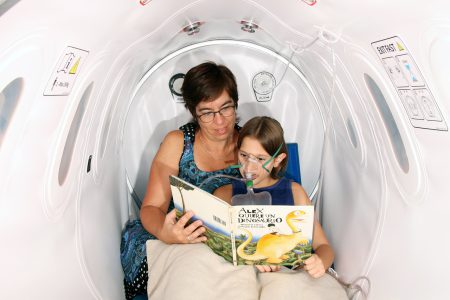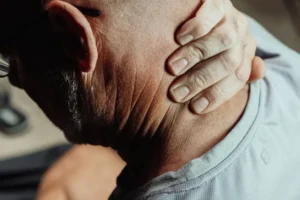Late Diagnosis In Female Adults: Why Is It Happening And What Can We Learn?
- Updated on: Oct 22, 2024
- 2 min Read
- Published on Oct 22, 2024

More women are currently being diagnosed with autism during adulthood than ever before, and many experts are touting a ‘missed generation’ of females with autism. This follows decades of research that centered solely around the presentation of autism in boys, at the cost of recognizing more typically female autistic traits.
In light of this shift, many girls are also beginning to receive an ASD diagnosis early in life, but experts fear that countless girls are still struggling in silence.
This is a pressing issue, as early diagnosis can have a huge impact on a child’s ability to receive the right support, including additional support in the classroom, and essential therapies like ABA therapy services, which help to develop early patterns of positive behavior that can assist with everything from prosocial behaviors to educational outcomes.
In this article, we’ll consider why late diagnosis is so prevalent amongst females, and what we can learn from this missed generation of women.
ASD in Females: The Facts
Less than 1% of women in the US have received an autism diagnosis, compared with over 3% of boys.
However, growing rates of adult female ASD diagnoses suggest that girls and women are simply being overlooked by existing understandings of autism.
Boys with autism are traditionally more liable to display ‘typical’ autistic behaviors, including repetitive movements, an inability to make eye contact, and difficulty maintaining two-way conversations.
Experts now believe that females with autism may display very different traits from many of those highlighted in the current autism diagnosis test, as we’ll consider in this article.
Why Are Females So Underdiagnosed?
It’s becoming plain that underdiagnosis is a huge issue for females with ASD, who have always been more likely to receive a diagnosis during adulthood. There are a few different reasons for this, such as:
- Masking: Women with autism are more likely to mask their true selves to blend in socially. Women with ASD are far more likely to mask in social situations, and are often able to make eye contact or carry two-way conversations.
- Nonverbal communications: Girls and women with autism tend to respond better to non-verbal communications, such as body language and facial expression, than boys.
- Overlooked special interests: Both girls and boys with autism develop special, often focused interests. However, while this behavior is often evident in boys, many girls will share interests with their friends, meaning that those interests remain unnoticed.
Finding a Way Forward
Undiagnosed females with autism statistically face a multitude of struggles throughout life, including mental health issues, academic problems, and relationship breakdowns. Studies also suggest that autistic females are more at risk from issues like eating disorders and even sexual violence.
Luckily, as more women receive late diagnosis, awareness is growing at a fast rate. This is already evident in the amount of girls currently receiving their own early diagnosis, but there’s still a long way to go. Spreading awareness, and making sure that girls are offered valuable services like therapies and support from an early age, will be key to bridging the remaining autism gender gap.












